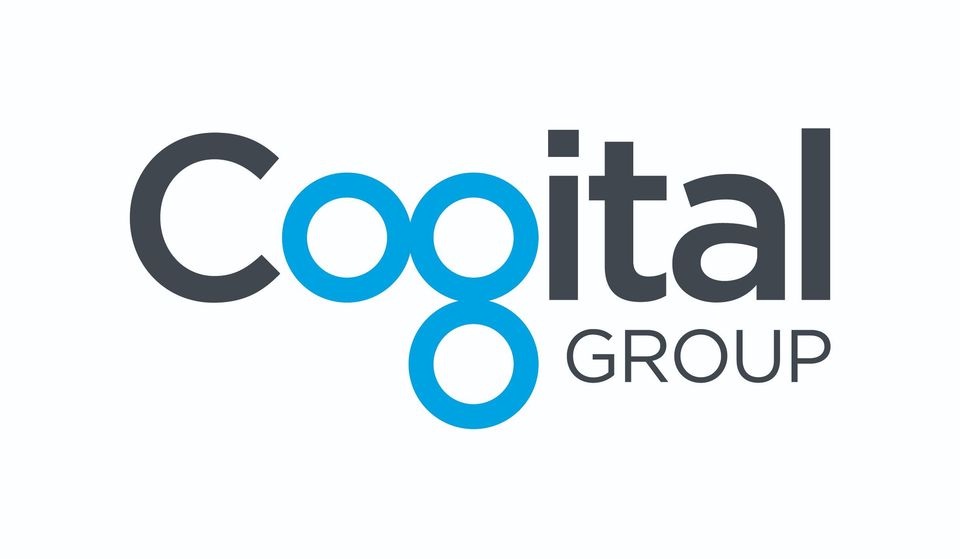How do you name a brand?
We asked AKIN member Paul Buckle from RocDesign for his insights…
Why is a brand name so important?
Obviously a company’s name is often the most memorable thing whenever that company gets talked about or searched for. Often it is more important than a visual identify. So, it needs to come first every time you create – or refresh – a brand.
The process – our approach
I guess the approach differs but it usually starts when the brand strategy has been agreed and signed off. This will place a company in its appropriate brand space and marketplace and establish its vision, values and tone of voice.
Then we work through…
Scope . Agree positioning, agree brief, define name criteria, outline language and market issues.
Create
. Agree
name routes in line with positioning, generate long list (500), evaluate
against criteria,
refine to short list (phase 12 names), rationalise.
Review . Initial safety checks (culture, pronunciation etc.), detailed legal searches in relevant and future markets & classes, develop naming hierarchy, build consensus, start name registration.
Deliver . Research with brand positioning, name and visual identity.
Where we start…
There is a broad naming spectrum that we use to begin the process, which gives
us some general
headings to populate with first thoughts. Of course, some of these may or may
not apply:
Descriptive (e.g. Rentokil), People (e.g .PriceWaterhouse),
Associative (e.g. Diners Club), Non-related
(e.g. Apple), Coined/abstract (e.g. Kodak), Alpha-numeric ( e.g. Q8),
Abbreviation (e.g. IBM), Natural world (e.g. Beaver Tools), and Mythology (e.g.
Centaur).
How should a name be evaluated?
Obviously if the
owners are using their own or historical names in the brand, the process
becomes
a whole lot easier, but in general, the name must be:
• Simple, memorable and easy to spell
• Globally pronounceable
• Reflective of the overall brand proposition
• Distinctive (not associated with any other brands in the immediate category
or sector)
• Available for multi-channel registration.
Some naming considerations
What to expect when introducing a
name:
• It will initially seem unfamiliar and
unsettling – often a very emotive decision
• It will shout ‘we are different from the rest of the sector’
• It may need explanation and context
• It may cause comment and comparison.
A recent case study – ‘Cogital’
Key considerations
This was a brand new entity in the
business services sector that was created and has grown through acquisition.
The initial purchase was 200 companies in the Nordic region, followed by a
UK-wide
accountancy group and a London-based single practice. Each of these three have
kept their own
identities but part of our task was to create a brand that reassured them the
purchase was a good thing for every employee and to give them a confident Group
brand, to belong to and be endorsed by.
Naming the Group
Having produced the brand strategy we followed the process outlined previously.
Initially this resulted in a name that everyone agreed with and liked but fell
at the final fence when doing searches, domain registration etc. So it was back
to brainstorming, knowing that this time we must originate a unique name that
couldn’t be challenged.
One of the main USPs of their offer was the exclusive software and
technology developed in the
Nordics that makes their operations run smarter and at a lower cost to clients.
We combined this
element with the Latin word ‘cogitare – to think’ to give us ‘cogital (think
digital)’. This was tested throughout the Group and, apart from a slight
initial problem with pronunciation in the Nordics,
it was established that it was said with a soft ‘g’ and signed off.
So began the visual identity stage where an added bonus of the word ‘cog’ and the connotation of big wheels driving smaller wheels informed the use of the three circles in the final logo and throughout all brand applications such as website, annual review and animated video.
See www.cogitalgroup.com for examples.



